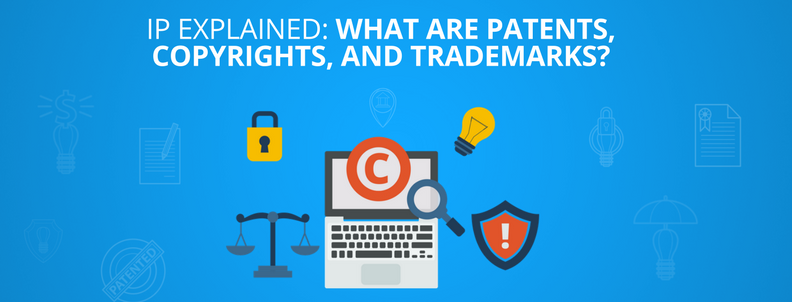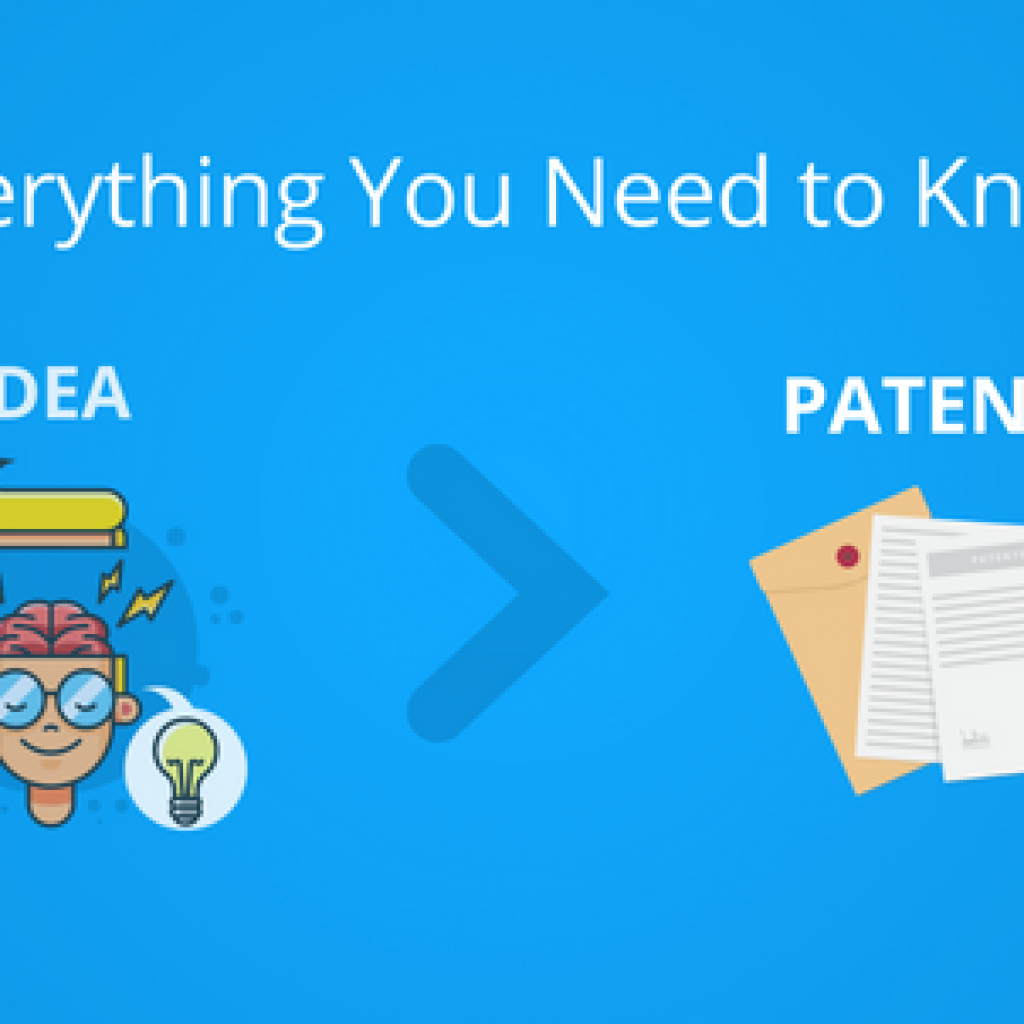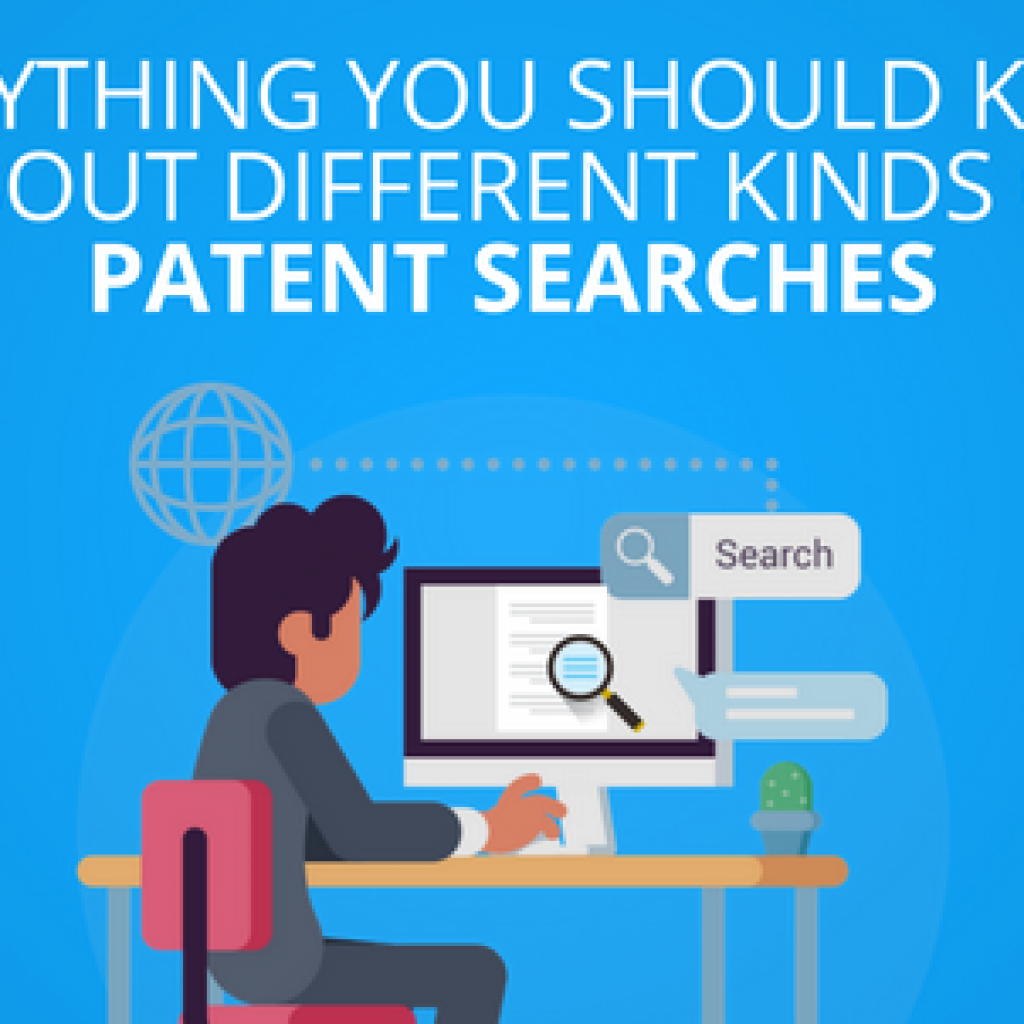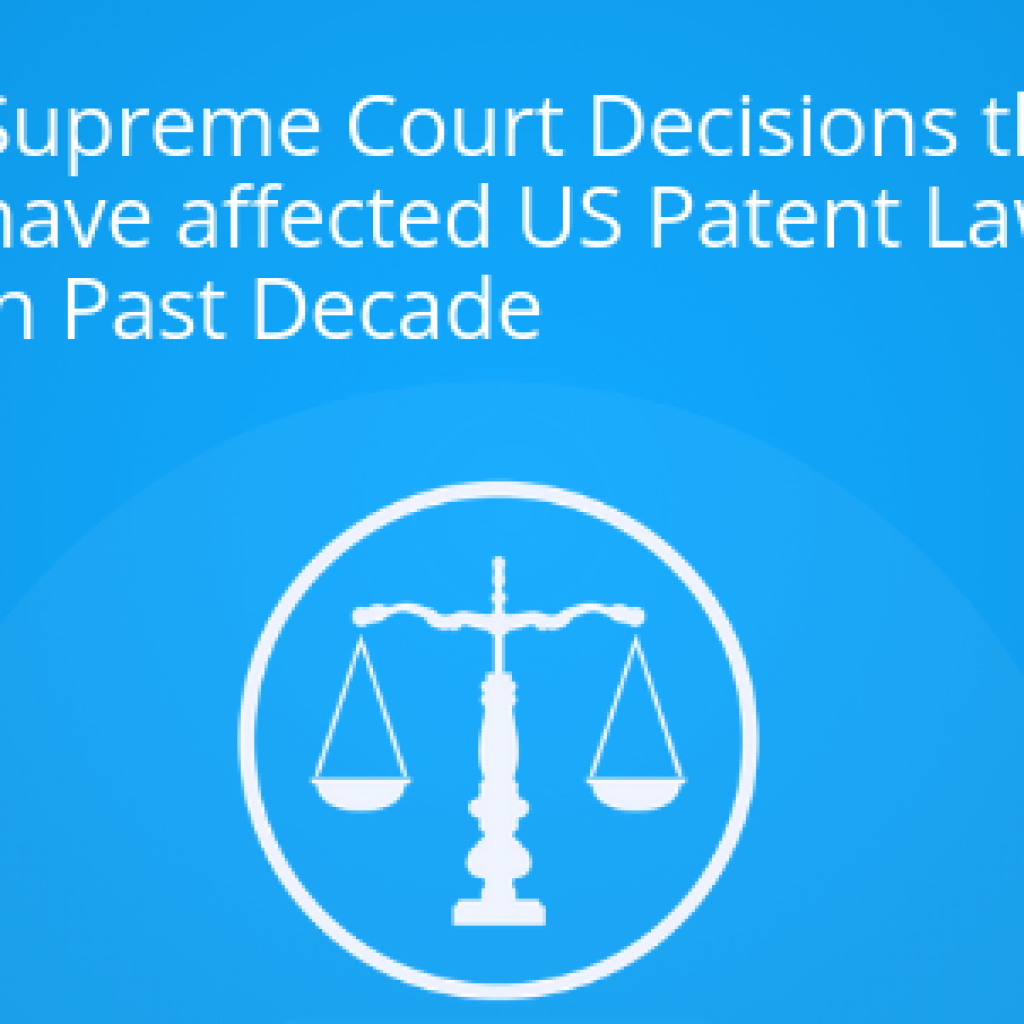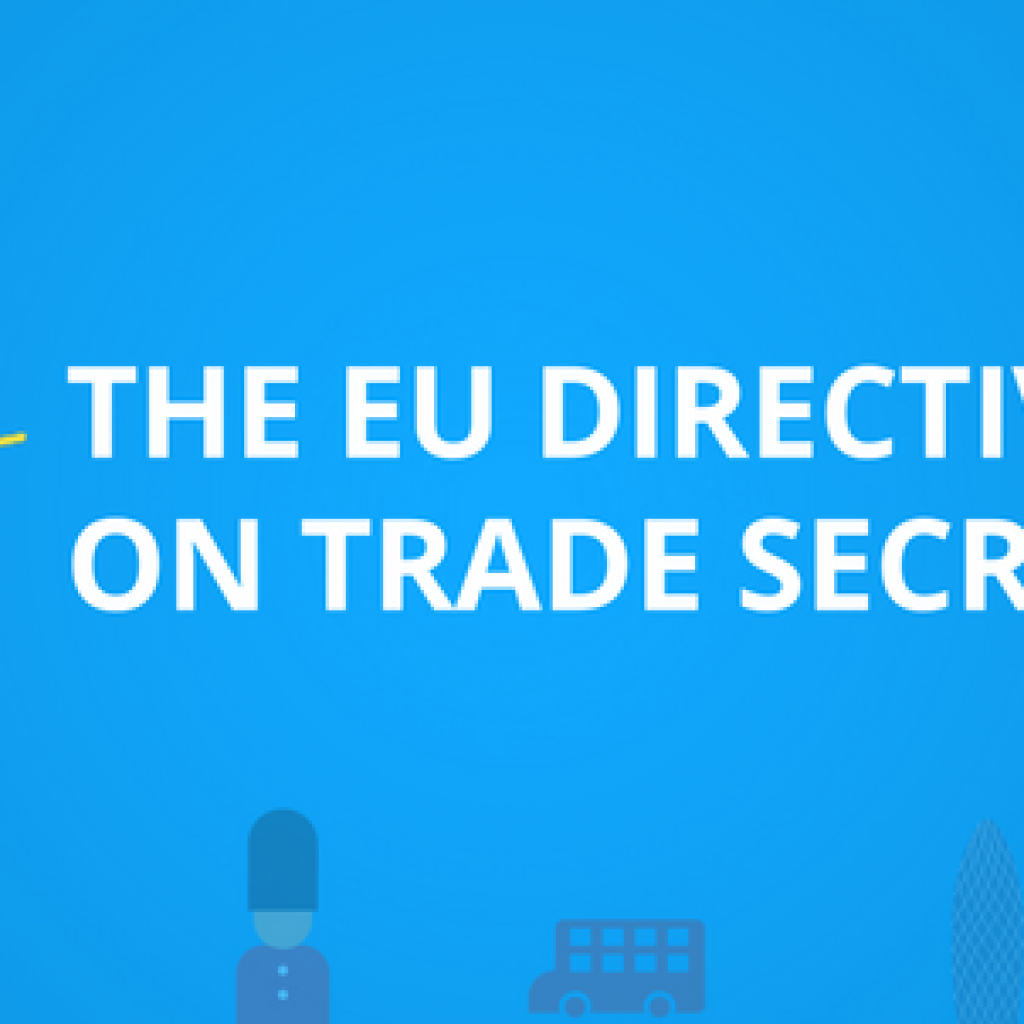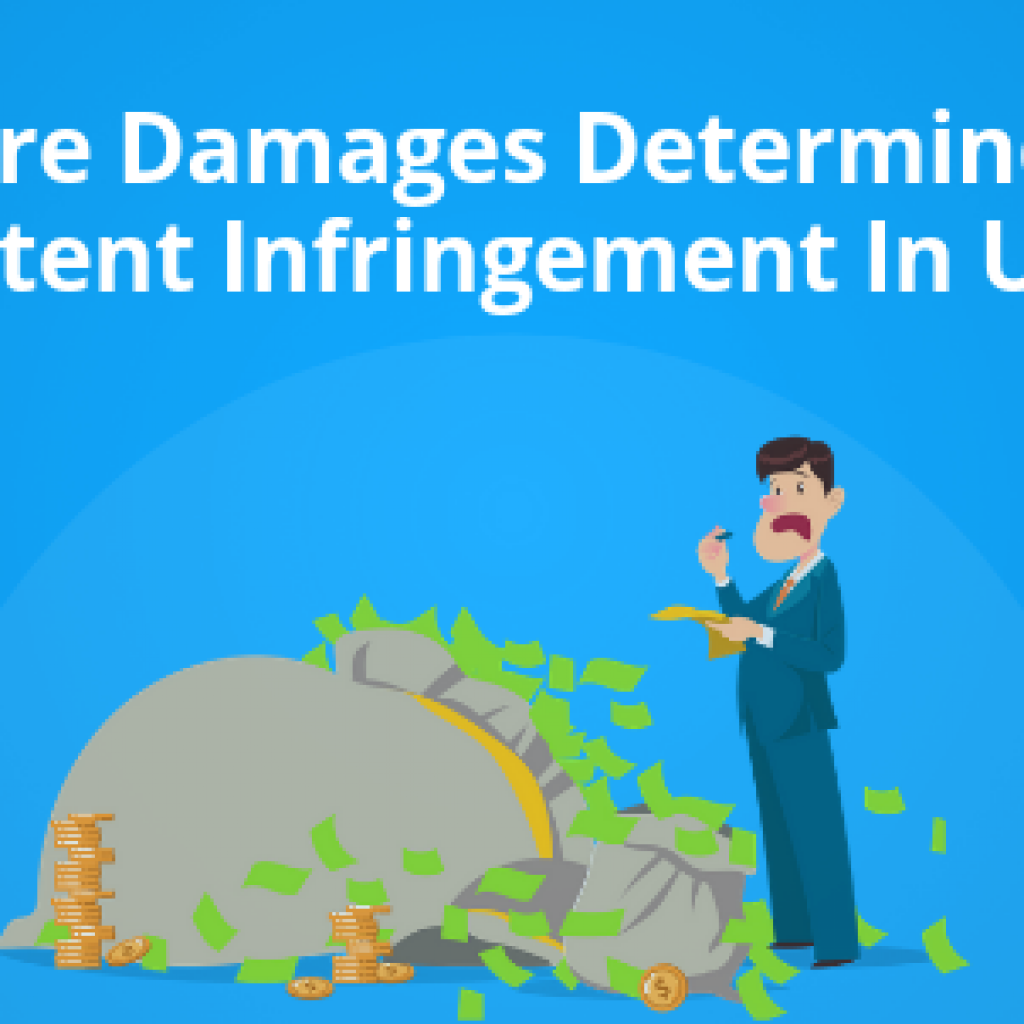Intellectual Property Rights (IPRs) refer to the bundle of legal rights granted with the aim to protect the creations of the intellect of either an individual or a group or an organization individually or collectively.
Intellectual property is divided into two broad classes: Industrial Property and Copyright. Industrial property includes patents, trademarks, industrial designs, and geographical indications; whereas copyright includes literary works, films, music, artistic works and architectural design and rights related to the same inclusive of rights of performers, artists, producers, and broadcasters.
Thus, to earn money without the fear of someone else copying your ideas/creation, you have to protect your creation with a suitable form of IPR. After protection, if you find someone using your IP without your permission – known as infringement, you can knock the doors of a court of law to enforce your right. You can sue an infringer and claim monetary damages. To give you an example, in 2016, a US court awarded Idenix, a pharmaceutical company, an initial damages award of whooping $2.6bn just because another pharmaceutical company infringed on one of its hundreds of patents. Such is the value of IP.
The treaties of Paris (the Protection of Industrial Property in the year 1883) and Berne (the Protection of Literary and Artistic Works in the year 1886) recognized IP rights and were signed by numerous countries. These rights are also outlined in Article 27 of the Universal Declaration of Human Rights. In the year 1967, the World Intellectual Property Organisation (WIPO) was established by the United Nations (UN) as the global forum for intellectual property services, policy, information, and cooperation.
1. Patent
A patent is an exclusive right granted to the inventor, to exclude others from using his invention in any manner without his permission. It is pertinent to note that this invention can either be a product or a process, that encompasses a novel or innovative solution and that the same is industrially applicable.
In other words, a person may create a new product, having features different from any other available product or an innovative process, or finds a new creative solution — he may then file an application before the national Patent Office to register a patent in his name. After the Patent Office, on following the procedure, registers the patent in the name of the inventor, he becomes the owner or patent holder. The patent is granted only after the Patent Office is convinced that the invention sought is new, non-obvious and industrially applicable.
Since the rights are granted only to the registrant, they create a monopoly for him over the subject matter of the patent in the country their patent gets granted in. Once the patent is registered, it is valid for a period of 20 years.
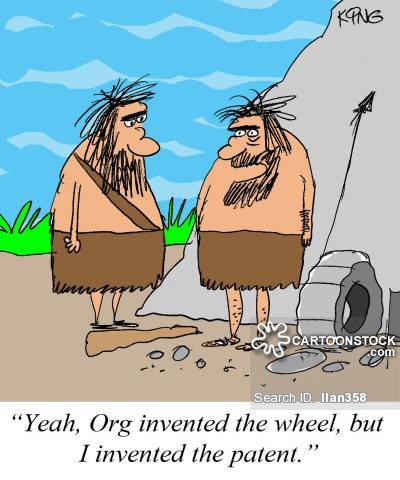
It is through registration of a patent that the inventor can bear the fruits of his creative mind and receive benefits, which may or may not be limited to monetary gains alone. Once the patent is registered in the name of the patent holder, no other person can commercially manufacture, use, distribute, import or sell the subject of that patent without the authority of patent holder. In the event of unauthorized usage or infringement, the patent holder can enforce his rights in a court against the infringer. On one hand, the registration helps in keeping a check on the exclusive rights, on the other hand, it also empowers the patent holder to grant a license of his invention to any third party as per the mutually agreed terms. The registrant may also benefit from assignment or sale of his invention to a third person, who can become the owner of that patent after the legal formalities are complied with.
On the expiry of the period of registration of a patent, its exclusivity is terminated and the invention enters into the public domain. Thereafter, the invention can be commercially exploited by any person without requiring permission or authority from the patent holder.
Patents are usually classified into three broad categories as per the protection accorded to patents: Utility, Design, and Plant Patents.
Different Types of Patents
Utility Patent
Utility patents refer to those patents in which the functional aspect of the patent is protected, i.e. how the invention works. It is the most common of all the categories. Under utility patents, the subject matter may include new and useful machine, process, compound, or any improvement of any existing machine, process or compound. These patents can be further divided into electronic, chemical, software, mechanical or any other field depending on the invention.
Design Patent
Design patents refer to the patent on appearance, shape or configuration of the object. It is important that this new design must be an integral part of that object.
Plant Patent
Plant patents, as the name indicates, refer to patent to protect a new and different variety of a plant. In this case, the plant should be able to reproduce using grafting of cutting of that plant, which is also termed as asexual reproduction.
Now, let us try to understand the key differences in these types of patents with an example:
A person ‘X’ invents a new procedure in which a new variety of flower-bearing plants can be grown indoors without using soil or manure or seeds in a particular cylindrical box. The inventor X can thus file 3 patent applications.
Firstly, he can file a utility patent for this new process in which the plant is grown. The subject matter will be ‘how to grow plant’ for this application.
Secondly, X can file a plant patent for the new variety of plant which he has created and that the same can grow without any seed. The subject matter for the application will be a ‘new class of flower-bearing plant’.
Thirdly, X can file a design application for that particular cylindrical box for its peculiar features, wherein the plant can grow roots without any soil. The subject matter for this application will be ‘box in which plant grows’.
Thus, it is aptly clear that for holistic protection, inventor X should file applications for all the three categories of patents. This will ensure that no other person can infringe his novel find in any manner.
Patent protection not only helps the inventor to enjoy the benefits of his research in creating a new product or process, but it also helps the economy grow. It fuels technical know-how in the world and further promotes creativity and knowledge sharing.
Related Article: The Cost of filing Different types of Patents in Different Countries
2. Trademark
A trademark is a distinctive sign which helps the consumers in identifying the source of particular goods or services. It can be in the form of text, word, numeral, phrase, symbol, design, signature, smell, shape, color, sound, packaging, texture or combination of any of these elements.
The intent behind a unique trademark is that the consumer can associate the specific mark with the manufacturer of goods or service providers in case of services. It helps in ensuring the customers that the goods are of a certain quality and type. It also creates goodwill or reputation for that manufacturer or service provider. e.g. when a consumer looks at a new product with this symbol below, he can easily understand that the particular product belongs to Apple Inc. This is the power a symbol can create and earn goodwill for the trademark owner.
Similar to the aforementioned example, the trademarks can vary.
Say, a designer may prefer to use his own name as a trademark like DOLCE & GABANNA, whereas a family name TATA is used for branding by the Tata group of companies. Symbols also gain importance like the golden arches symbol of McDonald’s or the check pattern of BURBERRY. The triangular shape of the chocolate is registered for TOBLERONE. The registration for color ‘purple’ was granted to CADBURY’S. The three-not sound of YAHOO!’s yoodle is also a registered mark. Even the shape of a building can be registered as in the case of Mumbai’s landmark hotel Taj in the name of The Indian Hotels Company Limited.
Unlike patents, a trademark is not protection for only one product or process. It can be done for a set or class of products or services. This system of classification of trademarks in particular classes was established by an agreement in the Nice Diplomatic Conference held in the year 1957 and is known as the International Classification of Goods and Services for the Purposes of the Registration of Marks. It is also termed as ‘NICE Classification’. It comprises of a total of 45 classes, wherein from classes 1 to 34 cover goods and classes 35 to 45 cover array of services. Currently, the 11th edition of classification is being followed by all the signatory countries.
Now, if a mark is registered in a particular class in the name of one trademark owner, the same mark can be registered for a different set of goods in another person’s name. E.g. Nike Inc. is the owner of well-known ‘NIKE’ mark for shoes, clothing and sporting equipment. Whereas, Nike Corporation has registered the mark ‘NIKE’ for hydraulic lifting jacks and other heavy machinery. However, a company or an individual may protect his mark in all classes if he chooses to do so.
Trademark is a territorial right, which means that this right is restricted by the geographical boundaries of a country. E.g. the trademark ‘APPLE’ is not registered in the name of Apple Inc. in China.
Thus, it is wise to choose a mark that is fanciful or arbitrary and cannot be easily confused with an existing mark. This would ensure that the mark gets registered without any objections from the Trademark Office or oppositions from a third party using a similar or identical trademark. In case, a person chooses a mark which is similar to an existing registered mark, with the malicious intentions to ride on the reputation of that particular mark, the owner of the prior registered mark can file a case against him.
E.g. if a third party is allowed to register the mark CHANEL and sell clothing under the same brand, then the customers may believe that it is the same as the original one. This would cause damage to reputation as well as monetary losses to the registrant. Therefore, the Courts, while determining the losses caused to the registrant, do consider how much amount of profits was made by the infringer and what was the amount of damage caused to the registrant.
A trademark application must be filed before the Trademark Office of the country in which the mark needs to be protected. The applicant must also correctly choose the goods or services he intends to cover for that particular trademark. It is also important that the trademark is registered in associated classes of business.

Once a trademark is registered in the name of a registrant, it always remains in his name and unlike patents, this right does not expire. The only requirement is the submission of a renewal application with the requisite fees before the term period ends.
3. Copyright
Copyright refers to the rights granted to creators, authors, artists, and composers for their ‘original’ creative work or to performers, artists, and broadcasters for the related rights. Like patent laws, copyright is also a monopolistic right. Copyright gives exclusive right to sell, publish and reproduce, any literary, musical, dramatic, artistic or architectural work created by the author.
Thus, the kinds of works which are covered by copyrights are innumerable and include books, stories, novels, poems, plays, newspapers, magazines, advertisements, movies, computer programs, databases, musical compositions, songs, choreography, videos, paintings, drawings, photographs, sculpture, architecture, maps and technical drawings.

However, it is pertinent to note that copyright covers only ‘tangible’ forms of creations and not mere ideas. E.g. you have an idea about writing a fiction book based on the story of two estranged lovers. You have not written any manuscript yet, but you narrate the story to a colleague in office, who using the same structure as your idea creates a play. He writes the script of the play and registers it under Copyright. In this case, though the idea was originally yours, you did not create any tangible from it, so the idea cannot be treated as an infringement.
In the same example, had you written your story before narrating it, then the copyright law would have tilted in your favor as the tangible form was achieved. It does not matter whether you publish the story or not. Your rights as author commence as soon as you pen down the story.
The Berne Convention held in the year 1886 recognized copyrights as legal rights for the signatory countries. It also emphasized that copyrights for the creative works do not have to be asserted or declared (i.e. registered). The copyrights are automatically in force at the creation of the work in the name of the author, who may or may not register his/her work. The author is also automatically entitled to all copyrights in the derivative works unless and until the author explicitly disclaims them, or until the copyright expires. Thus, filing a copyright application for the work and obtaining registration for the same merely helps in providing evidentiary value to the work created.
Copyright on the work also encompasses the derivative rights related to the same. An example to understand the same: An author writes a poem about his dreams. He has the exclusive rights to publish and sell this poem. In addition to this, he also has the right to perform this poem in any adaptation, say a musical composition. Further, his rights also include rights to display his creation in the manner of his choice. Suppose he writes the same poem on canvas and displays the same in a gallery. In this scenario, the author has rights over poems, musical composition, and painting.
Now, what if he cannot paint on his own and authorizes his employee to paint a canvas based on his poem. Depending on the contract with that employee, the copyright of the canvas may or may not remain with the author. If it was a work on hire, then the copyrights subsist with the original author.
Thus, like other IPRs, the copyright helps to generate financial benefits for the creators or authors of work by selling them, publishing it, performing the same or transferring the rights of the work to any other person.
At times, there tends to be an overlap between copyrights with other forms of IPR. It is necessary to understand the differences and protect the IPR correctly. In the case of computer software, the copyright does start once the code is written. However, it can be a subject matter of patent if it creates a new process that is novel and original. Similarly, in case of a slogan or a logo, the sentence or picture, as the case may be, cannot be befittingly protected under copyright, but only under trademark laws.
Copyrights, like trademarks, are territorial rights and certain requirements may vary from country to country. As regards the term for registration of a copyright, it is like patent, where after the term comes to an end or expires, the work moves to the public domain. In the US, the copyright created by an individual lasts for the life of the author, and an additional 70 years. Whereas, in case of works created anonymously, pseudonymously and for hire, the protection lasts for 95 years from the date of publication or 120 years from the date of creation, whichever is lesser.
4. Trade Secret
Trade secrets are an important aspect of IPR law. As the name suggests, it refers to the secrets of a business, which helps it gain an economic advantage over others. In case the trade secret is leaked, the business may suffer numerous losses and irreparable damage to reputation. Trade secrets can be in the form of confidential information, data, formula, composition, process, design, method or compilation or combination of one or more, which should remain with the business alone.
Trade secrets are accorded protection without any registration. Unlike patents, where all the claims and processes enter the public domain as soon as the patent application is filed, it is not possible to follow the same process with trade secrets. A formidable example of the same is the recipe of Coca-Cola. It is a fact that the recipe of Coca-Cola was never patented, as it would cause the recipe to be leaked. The officials of Coca-Cola are so particular about it that it is said that the two employees who know the recipe, only know one half of it each and no one knows the recipe as a single piece of information.

Another example is the algorithm of search followed by Google. It has to date, never revealed the complete code, even after multiple revisions.
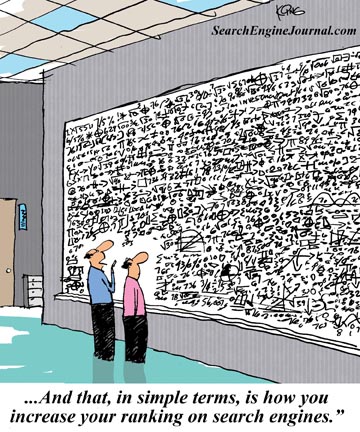
Article 39 of the Agreement on Trade-Related Aspects of Intellectual Property Rights or the TRIPS Agreement defines key aspects of a trade secret as:
- The information must be secret,
- It must have commercial value, and
- It must have been subject to reasonable security by the rightful holder to ensure the secrecy of information.
Since each and every business has trade secrets, which may vary in form, but are essential for their operations and commercials, the countries have specific laws to accord protection to trade secrets and the procedure to handle its breach.
In the majority of cases related to leakage of trade secrets, it has been observed that the company did not have proper procedures and systems to check the security or the employees who caused it. If a business owner employs proper precautionary measures, it would ensure that there is no loss of trade secrets. Some of the precautions may be:
- Ensure that the trade secret is stored in a safe and secure manner by deploying physical as well as electronic security,
- Restrict access to the trade secret to only those individuals who must need to know that information,
- Follow the measures of marking confidential information,
- Draft and enforce non-disclosure and confidentiality agreements with all employees, vendors or third parties,
- Assess risks to trade secret breaches and action mitigation plan accordingly,
- Establish procedures and policies in the system by design, to ensure the security of trade secrets,
- Conduct awareness sessions and training for employees,
- Conduct exit interviews with employees leaving the business to ensure the return of all confidential information,
- Establish due diligence and on-going third-party management policies and procedures,
- Monitor the action plan and improve it, as and when required.
The cyber-attackers or hackers are always eyeing the trade secrets to blackmail the businesses. The case of hacking of scripts of episodes of Games of Thrones is an example in this regard. However, even after the attack, the producers were able to pull off monetary gains only with the proper use of their IPRs.
Conclusion
To conclude our discussions on IPRs, specifically patents, trademarks, copyrights, and trade secrets, we wish to emphasize that these IPRs are financial assets. Not merely registration, but meticulous protection of IPRs will lead to the indispensable road to economic growth.
I bet that answered a few questions, and the end of this textbook style piece, you have emerged a tad wiser. Now for more information, we suggest you read the ultimate benefit of having patents, i.e. making money.
Next Article: How to make money from Patents in 5 different ways?

